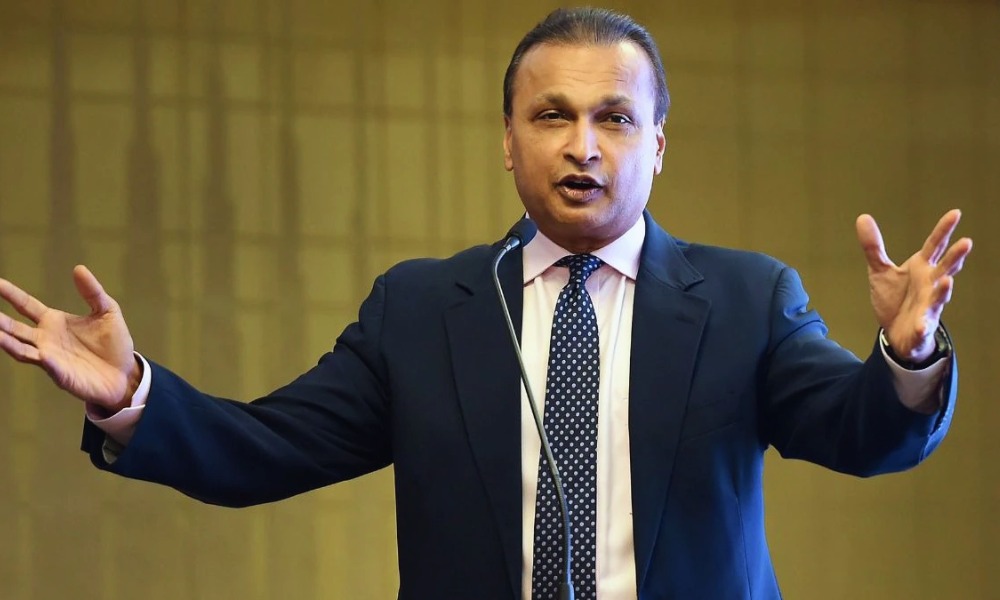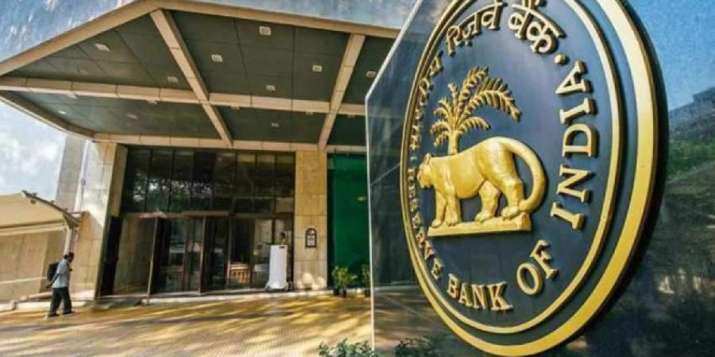Bombay High Court Slams ‘Cut, Copy, Paste’ Approach in Bank Fraud Orders, Asks Anil Ambani to Move RBI

The Bombay High Court has expressed its strong disapproval of the methods employed by banks when classifying loan accounts as “defaulter” or “fraud.”
The court highlighted the “cut, copy, paste manner” in which these orders are often issued, raising serious concerns about the lack of due diligence.
Anil Ambani’s Petition and Court’s Observations
The court’s comments came during a hearing on a petition filed by industrialist Anil Ambani. He challenged an order from the Union Bank of India that declared his loan account as “fraud.”
Ambani asserted that he was not granted a hearing prior to the order’s issuance. He further stated that his requests for the documents relied upon by the bank were denied.
Justices Revati Mohite Dere and Neela Gokhale, presiding over the division bench, voiced their alarm.
They noted that numerous cases were coming before them where banks were disregarding the guidelines set by the Reserve Bank of India (RBI) when labeling accounts as “fraud” or “willful defaulter.”
Criticism of Casual Order Issuance
“There cannot be such cut, copy and paste orders. There has to be some application of mind. Ultimately this is public money. We cannot have such orders passed in such a casual manner. There has to be some mechanism put in place,” the bench stated.
The court emphasized the necessity for banks to adhere to the RBI’s “master circulars.”
The court further suggested that the RBI should take action against bank officials responsible for such lapses. “We feel this is being done deliberately. There has to be some checks and balances, otherwise this will go on,” it said.
RBI’s Role and Complaint Mechanism
Venkatesh Dhond, senior counsel representing the RBI, explained that aggrieved parties could file online complaints with the RBI if they believed a bank order violated principles of natural justice.
He clarified that the RBI would not delve into the merits of the case but would assess whether mandatory procedures were followed.
The court accepted this explanation and directed Anil Ambani to file a complaint with the RBI. “Let the petitioner upload his complaint. Let us start with that,” the HC said.
Union Bank of India’s Response and Future Hearings
The court also instructed the Union Bank of India to submit its affidavit in response to Ambani’s petition. The matter was adjourned for further hearing on March 13.
The High Court had previously issued notices to the RBI and Union Bank regarding the bypassing of RBI’s master circular when classifying Anil Ambani’s loan accounts as “fraudulent.”
Concerns Over Lack of Hearing and Mechanical Orders
The court criticized the Union Bank of India for classifying the accounts of Reliance Communications, founded by Ambani, as “fraudulent” without granting him a hearing.
The case originated from a show-cause notice issued by Union Bank in January 2024, alleging that Reliance Communications had received credit facilities under a non-fund-based credit limit of ₹1,050 crore.
Senior advocate Gaurav Joshi, representing Ambani, argued that the bank’s decision was based on an incomplete FIR and mere allegations of “potential routing of funds.”
The court reiterated its concerns about the “cut, copy, paste” approach and the mechanical issuance of orders. “Banks are not complying. Ultimately, this is public money,” the court said.
Court’s Directives to RBI
The court directed the RBI to issue a notification for banks to establish stringent policies aligned with the RBI’s master circular, which mandates borrower hearings before accounts are classified as fraudulent.
It also instructed the RBI to publicize its fraud classification policies on bank websites and social media.
The court emphasized the need for a structural mechanism to prevent banks from misusing their powers.








